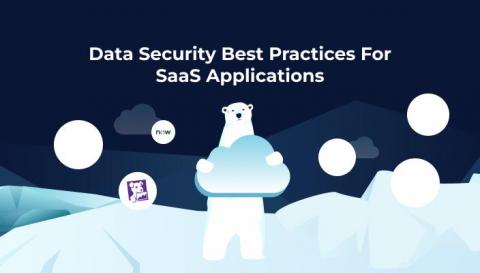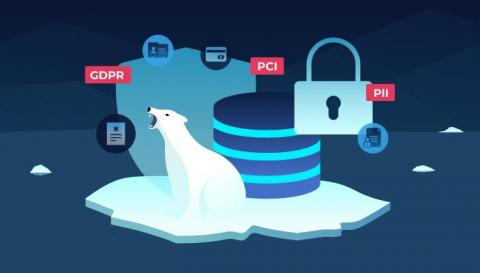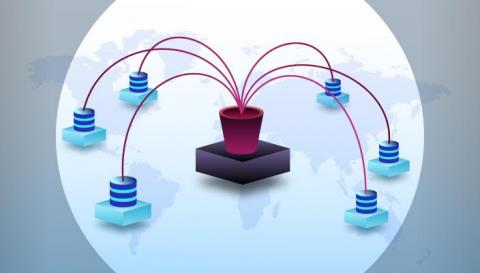8 Data Security Best Practices for SaaS Applications
The last ten years have seen a revolution in how enterprise software companies have rolled out their solutions. Previously, the default offering was to implement a Commercial Off-the-Shelf (COTS) software package running on a client’s on-premise hardware infrastructure. But that’s now old hat – nobody is doing that anymore.





